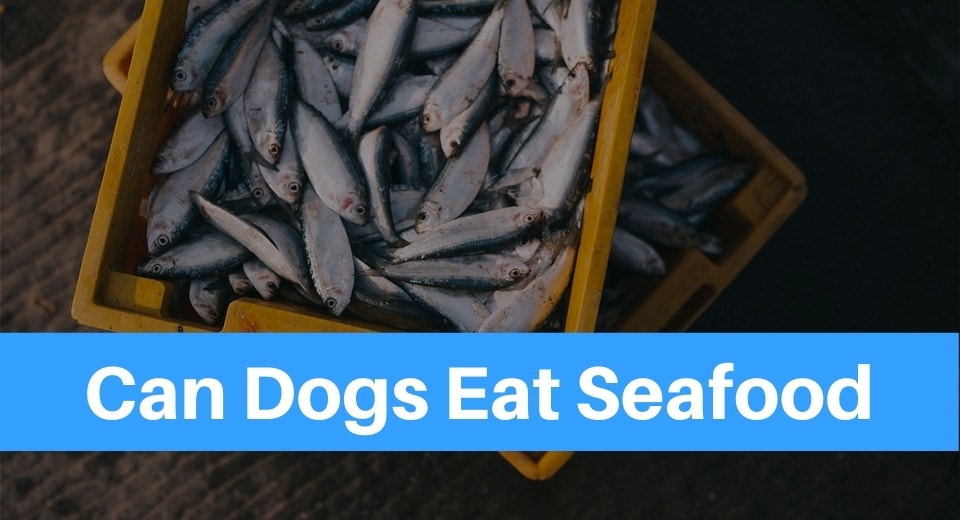Once upon a time a man has domesticated an amazing creature. A dog. Since that time, dogs have stayed by our side being our faithful friends, helpers and unconditional support. Many people would say dogs are the best animals in the world! Not surprising at all – they are lovely and cuddly, but they also work with us shoulder to paw. Dogs have had a long and dedicated service in the police, military, rescue teams and medical institutions. They can make us laugh and bring a lot of joy to our lives.
Dogs can make us really good company, but you need to take good care of all its needs, in order to have a satisfied and healthy pet. Dogs are quite demanding pets, no matter you live in an apartment or house with big yard. You need to provide it a lot of activity, good and balanced nutrition, necessary medical care and maintenance. All of it depends on many individual dog characteristics, such as breed, age, gender, size and health condition.
If you consider you have all the inevitable conditions for a dog, you’re ready to get this wonderful pet. Keep in mind it is not a toy for temporary use, it is a living being that rejoices and suffers as we do. Never neglect it or abandon it. If you do so, your dog will have great difficulties surviving in a strange, cruel world, not to mention it is against all animal rights.
Is sea food safe for dogs?
Dogs were carnivores once, but time spent with men made them used to various types of food. They mostly need meat food, but they can also have some fresh vegetables and fruits, as well as small portions of grains. Basically, seafood is meat, but quite different from land animal origin meat. The opinions on feeding dogs seafood are divided. Some experts advise it is best to avoid it, while some suggest giving dogs only small portions of cooked seafood.
Seafood contains mercury, which can be dangerous both to humans and animals, if taken in larger amounts. So, moderation is vital. Your dog can have some seafood, but not frequently and only in small amounts. Your pet could also be allergic to seafood, so start with really small bites and carefully track its behavior. If it shows any strange symptoms after eating seafood, immediately see a veterinarian!
Seafood should never ever be served raw! Just like raw squash should not be fed to dogs. Always make sure it is well cooked, in order to prevent poisoning from bacteria and parasite that may live in raw fish or else. Serve it plain, no spices, no salt, and no additional fat.
Seafood on the menu
Some dogs really like seafood, so you need to know what seafood is the safest for your pet. All of it contains valuable nutrients, but the dangerous ones as well. This is why you need to be extra careful with it. However, here are some choices that could be considered healthy treats for your pet. Just keep to small servings and feed it occasionally.
Salmon is generally good for pups, if given in moderation. You only need to make sure it is fully cooked, because of potential poisoning from bacteria that may live in raw flesh. Remove the bones and you can safely serve it to your dog. Tuna fish could also be given in moderation. It is quite high in mercury, so don’t feed it too often. Be extremely cautious with canned tuna. It contains too much salt and preservatives, so try to avoid it.
When it comes to shrimps and crab meat, you don’t want to overdo them. Crabs contain iodine and your dog may be allergic to it. Try with small bites of cooked meat, to see if your pet has a reaction. If not, you can feed it occasionally. Shrimps need to be peeled, because their peel isn’t good for your dog’s intestines. Dogs can have some oysters, clams and lobster as well. They can actually be good for your pet, if given in moderation. Always remove hard parts and shells, you really don’t want your four-legged friend get harmed. It would most likely try to eat the shell, which can be a real hazard for its gut and the whole body.

